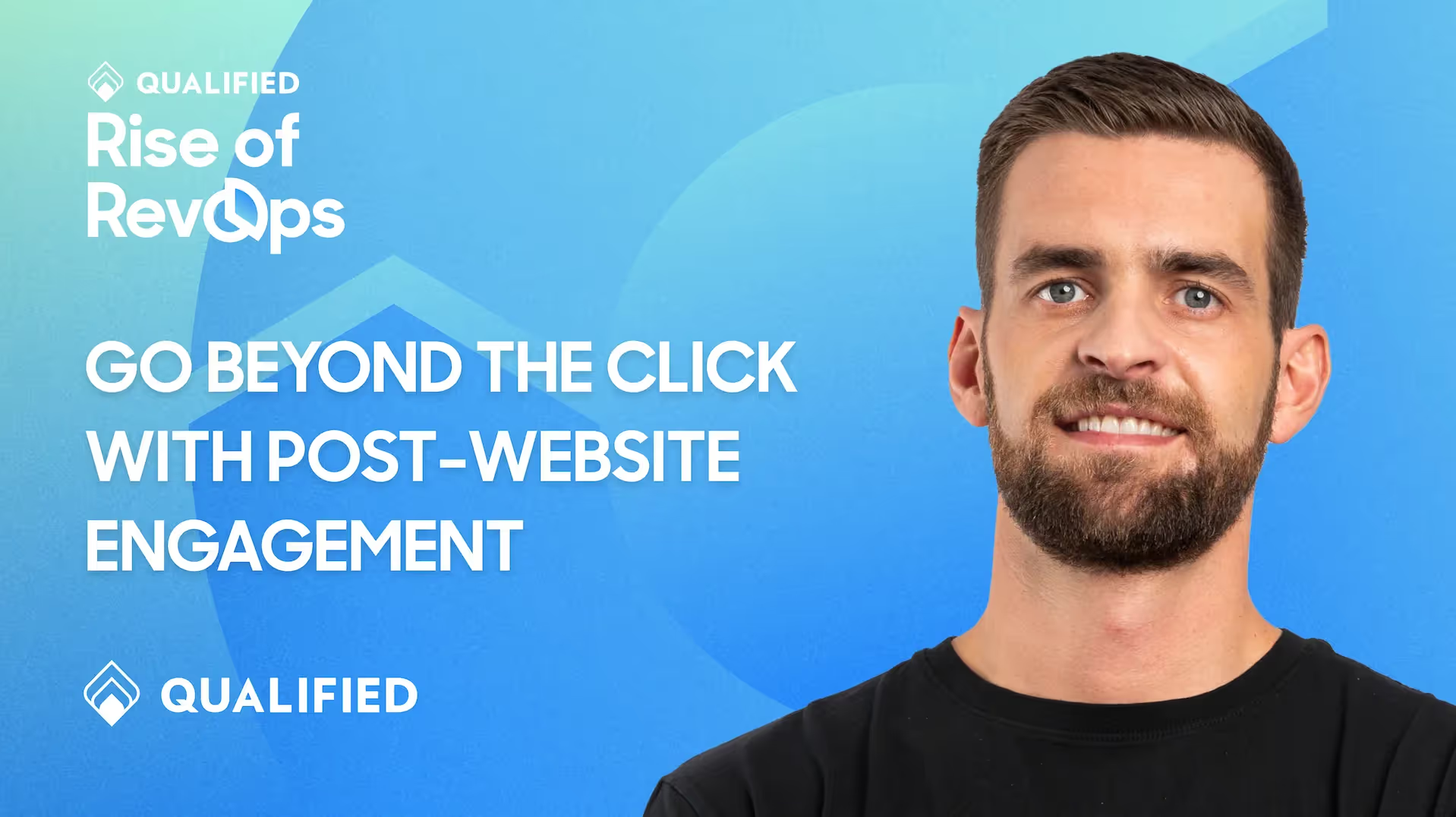In this episode, we talk to Stephanie Chang, Sr. Vice President of GTM Strategy & Operations at Okta, about the importance of a learner mindset, why RevOps is essential to driving change within companies of any size, and how to put the infrastructure in place to enable growth and scalability.
On this episode, we talk to Stephanie about having a learner mindset, why RevOps is essential to driving change, and how to build the infrastructure needed for scalability.
Key Takeaways
- Companies should invest in RevOps as early as possible
- RevOps is essential to driving transformation for many companies
- A learner mindset is the most valuable tool




















.svg)


